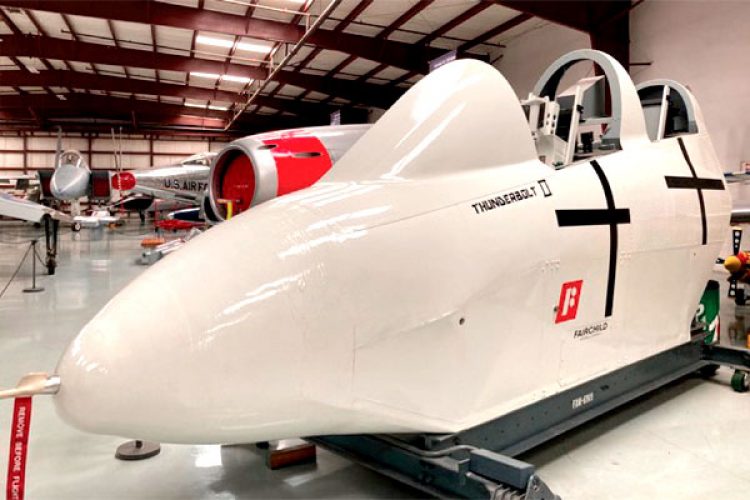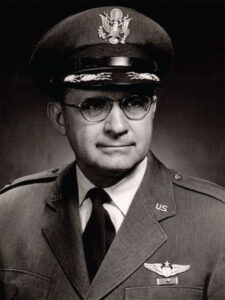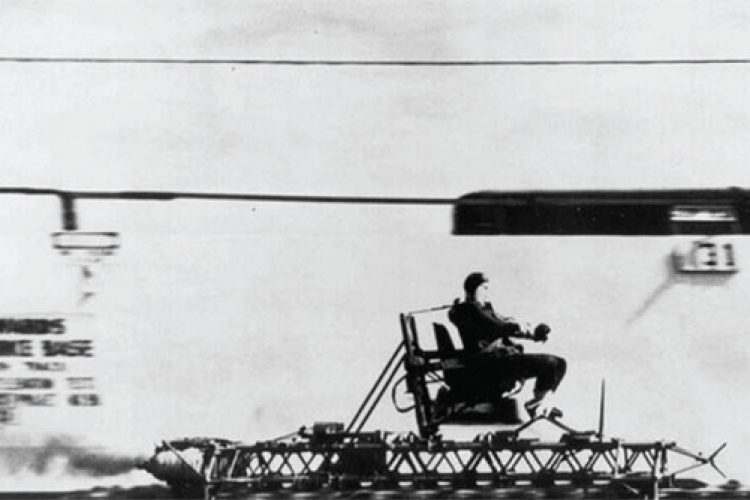
October 14, 1947, marked a turning point in history when Charles “Chuck” Yeager’s famed flight in the Bell X-1 ushered in the supersonic age. Aircraft design continued to develop and speed records continued to be broken. There was initially, relatively limited knowledge of the effects of supersonic speeds on the human body. The need for more detailed studies was readily apparent and no single individual became more recognized for their contributions to the growing field of aviation medicine than Colonel John Stapp.
His work on the effects of decompression sickness, deceleration and overall survivability proved groundbreaking. His research led to new designs that ensured that pilots, crews, and passengers could travel at considerably faster speeds in relative safety. Stapp’s commitment to test new theories and designs saw him frequently volunteering to ride the rocket powered sleds. The test resulted in numerous injuries including broken bones, lost fillings, and bleeding retinas. His test in 1954 at Holloman Air Force Base became famous when he set a new land speed record and earned the moniker “the fastest man on earth”. The research proved crucial to the United States’ success during the Space Race. Also, the modern three-point seat belt systems found in most vehicles today have direct origins in this research.
Seen here is a rocket sled used at Holloman Air Force Base to test the design for the experimental YA-10B Thunderbolt II, a two-seat, night/adverse weather variant of the famed A-10 Thunderbolt II. Only one YA-10B prototype was completed which now resides at Edwards Air Force Base.

"The Fastest Man on Earth"







